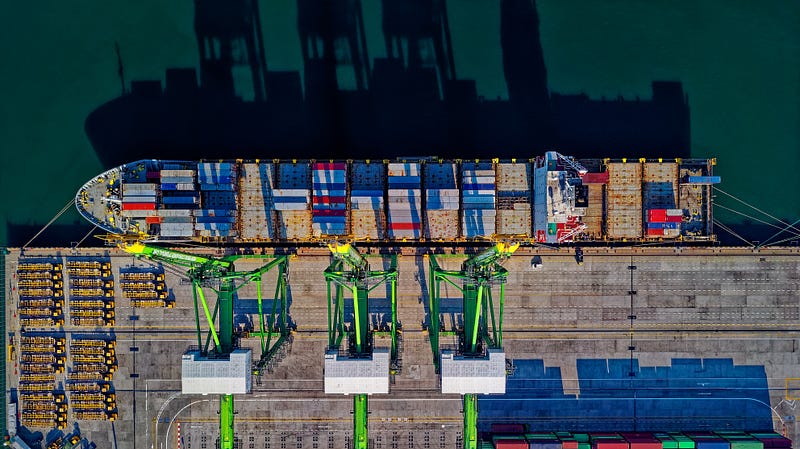For Struggling Businesses Now is the Time to Seek Safe Harbour

The current surge in COVID-19 cases is causing havoc for businesses. Consumers are staying home and not spending, workers are being forced to isolate leaving businesses without enough staff, and supply chains have ground to a halt, so businesses can’t get the products they need to trade.
This confluence of events is hurting business revenue at a time when many businesses already had unhealthy balance sheets as a result of trading through lockdowns, putting Directors at risk of insolvent trading. Which exposes Directors to a significant risk of being made personally responsible for the debts of their business if it later fails.
However, there is an easy and cost-effective way that Directors can mitigate this risk, by taking advantage of the corporate safe harbour.
What is Insolvent Trading?
Insolvent trading occurs when a director allows their company to incur debts while the company is insolvent. If the company later fails, a liquidator can make a claim against the director for those debts, making them personally liable to pay back any amount still owing to those creditors.
A company is insolvent if it can’t pay its debts when they are due. This includes paying its tax and paying superannuation to employees. If a company needs to defer payments to the tax office, landlord, employees, or suppliers as a result of the current trading conditions, it may be trading while insolvent.
What’s the Risk
As noted above, if a director allows their company to trade while insolvent and the company later fails, the director may be help personally liable for the debts of the company. Practically, that means a liquidator will make a demand against the director for payment. If they fail to pay the claim, the Liquidator may bankrupt the director.
What’s the Safe Harbour?
The safe harbour regime exists to provide directors with protection from a potential insolvent trading claim while they implement a plan to turn their business around.
If the director follows the safe harbour process, including getting advice from a qualified professional, the director is protected from the personal liability for insolvent trading.
How do Directors access the Safe Harbour?
To access the safe harbour, a director needs to engage a qualified turnaround professional (like me) to work with them through the process.
When appointed to assist with accessing the safe harbour, I:
- Help the Director review the financial position of the company.
- Work with the Director to develop and implement a plan to turn the company around
- Once the plan is finalised, assist with monitoring the plan to ensure that the company stays in compliance and remains in the safe harbour.
If your business, or a clients, is struggling with the current difficult trading environment, reach out for a no obligation chat about whether the safe harbour might be available. A quick call now could save a lot of trouble and expense in the future.